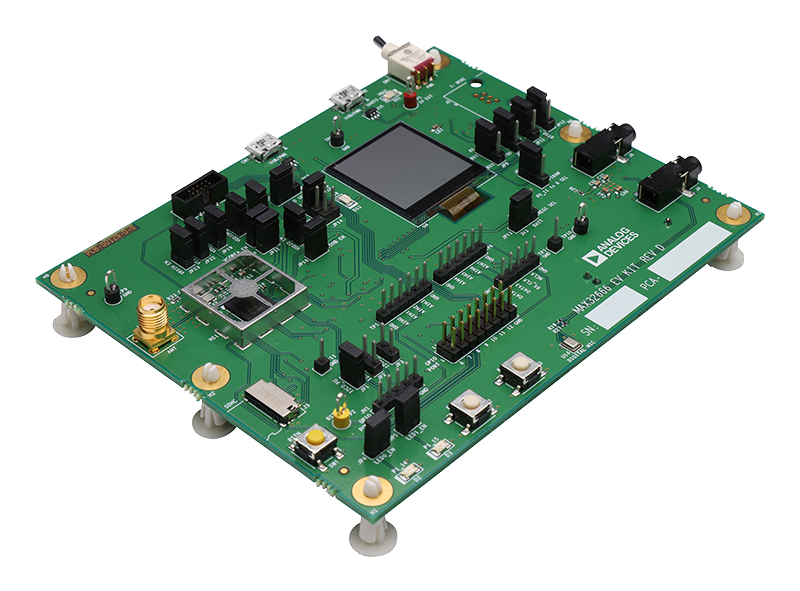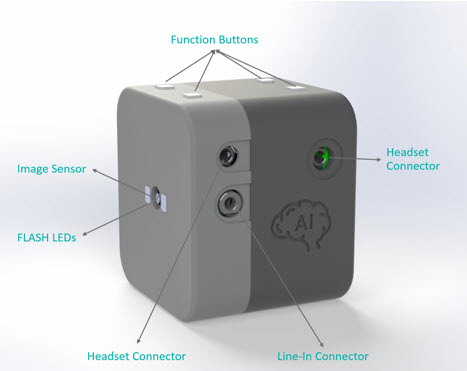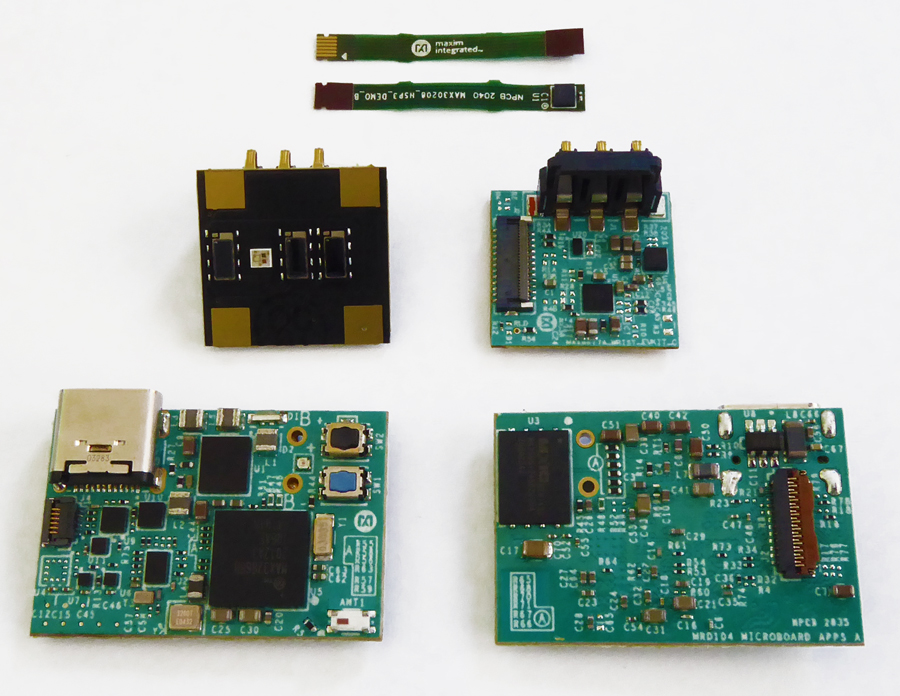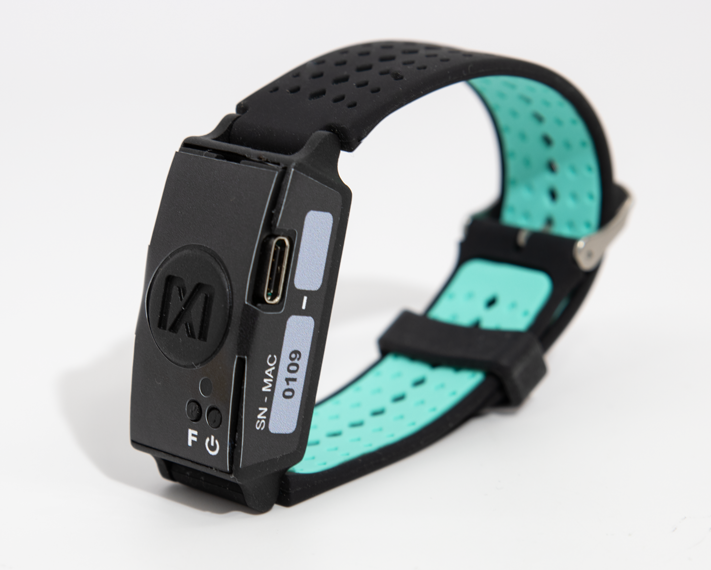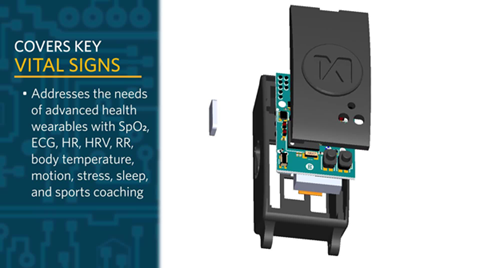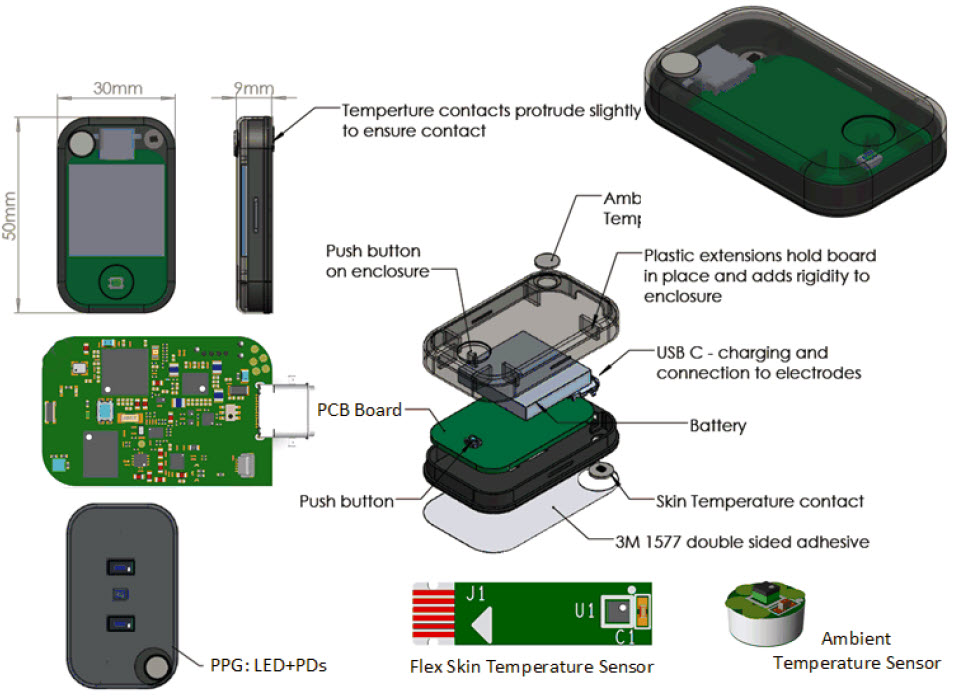MAX32666
PRODUCTIONLow-Power ARM Cortex-M4 with FPU-Based Microcontroller with Bluetooth 5 for Wearables
Generation UB MCUs are Built to Run Complex Applications Demanded by Battery-Powered and Wirelessly Connected Devices
- Part Models
- 8
- 1ku List Price
- Starting From $7.48
Part Details
- High-Efficiency Microcontroller and Audio DSP for Wearable and Hearable Devices
- Arm Cortex-M4 with FPU Up to 96MHz
- Optional Second Arm Cortex-M4 with FPU Optimized for Data Processing
- Low-Power 7.3728MHz System Clock Option
- 1MB Flash, Organized into Dual Banks 2 x 512KB
- 560KB SRAM; 3 x 16KB Cache
- Bluetooth 5 Low Energy Radio
- 1Mbps and 2Mbps Data Throughput
- Long Range (125kbps and 500kbps)
- Advertising Extension
- Rx Sensitivity: -95dbm; Tx Power Up to +4.5dbm
- On-Chip Matching with Single-Ended Antenna Port
- Power Management Maximizes Operating Time for Battery Applications
- Integrated SIMO SMPS for Coin-Cell Operation
- Dynamic Voltage Scaling Minimizes Active Core Power Consumption
- 27.3µA/MHz at 3.3V Executing from Cache
- Selectable SRAM Retention in Low Power Modes with RTC Enabled
- Multiple Peripherals for System Control
- Three QSPI Master/Slave with Three Chip Selects Each, Three 4-Wire UARTs, Three I2C Master/Slave, Up to 50 GPIOs
- QSPI (SPIXF) with Real-Time Flash Decryption
- QSPI (SPIXR) RAM Interface Provides SRAM Expansion
- 8-Input, 10-Bit Delta-Sigma ADC 7.8ksps
- USB 2.0 HS Engine with Internal Transceiver
- PDM Interface Supports Two Digital Microphones
- I2S with TDM, Six 32-Bit Timers, Two High-Speed Timers, 1-Wire® Master, 16 Pulse Train (PWM) Engines
- Secure Digital Interface Supports SD3.0/SDIO3.0/eMMC4.51
- Secure Valuable IP/Data with Hardware Security
- Trust Protection Unit (TPU) with MAA Supports Fast ECDSA and Modular Arithmetic
- AES/SHA-2/DES/3DES Hardware Accelerator
- TRNG Seed Generator
- Ensure Software Integrity and Loading
- Secure Bootloader (SCPBL)
- Secure Boot
DARWIN is a new breed of low-power microcontrollers built to thrive in the rapidly evolving Internet of Things (IoT). They are smart, with the biggest memories in their class and a massively scalable memory architecture. They run forever, thanks to wearable-grade power technology. They are durable enough to withstand the most advanced cyberattacks. DARWIN microcontrollers are designed to run any application imaginable—in places where you would not dream of sending other microcontrollers.
Generation UB microcontrollers are designed to handle the increasingly complex applications demanded by today's advanced battery-powered devices and wirelessly connected devices, while providing robust hardware security and Bluetooth® 5 Low Energy (Bluetooth LE) radio connectivity.
The MAX32665/MAX32666 UB class microcontrollers are advanced systems-on-chips featuring an Arm® Cortex®-M4 with FPU CPU for efficient computation of complex functions and algorithms with integrated power management. They also include the newest generation Bluetooth 5 LE radio with high throughput (2Mbps) and ADI's best-in-class hardware security suite trust protection unit (TPU). The devices offer large on-board memory with 1MB flash and 560KB SRAM. Split flash banks of 512KB each support seamless over-the-air upgrades, adding an additional degree of reliability. Memory scalability of data (SRAM) and code (flash) space is supported by two SPI execute-in-place (SPIX) interfaces.
Multiple high-speed interfaces are supported including HS-USB, secure digital interface (SD, SDIO, MMC, SDHC, and microSD™), SPI, UART, and I2C serial interfaces, and an audio subsystem supporting PDM, PCM, I2S, and TDM interfaces. An 8-input, 10-bit ADC is available to monitor analog inputs from external sensors and meters. The devices are available in 109-bump WLP (0.35mm pitch) and 121-bump CTBGA (0.65mm pitch).
Applications
- Connected Home
- Gaming Devices
- Hearables
- Industrial Sensors
- Payment/Fitness/Medical Wearables
- Telemedicine
Documentation
Data Sheet 1
Reliability Data 1
User Guide 5
Design Note 1
Technical Articles 4
Video 9
Analog Dialogue 3
Webcast 1
ADI has always placed the highest emphasis on delivering products that meet the maximum levels of quality and reliability. We achieve this by incorporating quality and reliability checks in every scope of product and process design, and in the manufacturing process as well. "Zero defects" for shipped products is always our goal. View our quality and reliability program and certifications for more information.
| Part Model | Pin/Package Drawing | Documentation | CAD Symbols, Footprints, and 3D Models |
|---|---|---|---|
| MAX32666GWP+ | 109-WLCSP-N/A | ||
| MAX32666GWP+T | 109-WLCSP-N/A | ||
| MAX32666GWPBT+ | 109-WLCSP-N/A | ||
| MAX32666GWPBT+T | 109-WLCSP-N/A | ||
| MAX32666GXMBL+ | 121-CSP_BGA-8X8X1.11 | ||
| MAX32666GXMBL+T | 121-CSP_BGA-8X8X1.11 | ||
| MAX32666GXMBT+ | 121-CSP_BGA-8X8X1.11 | ||
| MAX32666GXMBT+T | 121-CSP_BGA-8X8X1.11 |
| Part Models | Product Lifecycle | PCN |
|---|---|---|
|
Mar 19, 2020 - 2032 DESIGN,ELECTRICAL DA |
||
| MAX32666GWP+ | PRODUCTION | |
| MAX32666GWP+T | PRODUCTION | |
| MAX32666GWPBT+ | PRODUCTION | |
| MAX32666GWPBT+T | PRODUCTION | |
This is the most up-to-date revision of the Data Sheet.
Software Resources
CodeFusion Studio™
The multi award winning CodeFusion Studio (CFS) is an embedded software development platform built on Microsoft's open-source Visual Studio Code (VS Code).
View DetailsEvaluation Software 1
Can't find the software or driver you need?

















